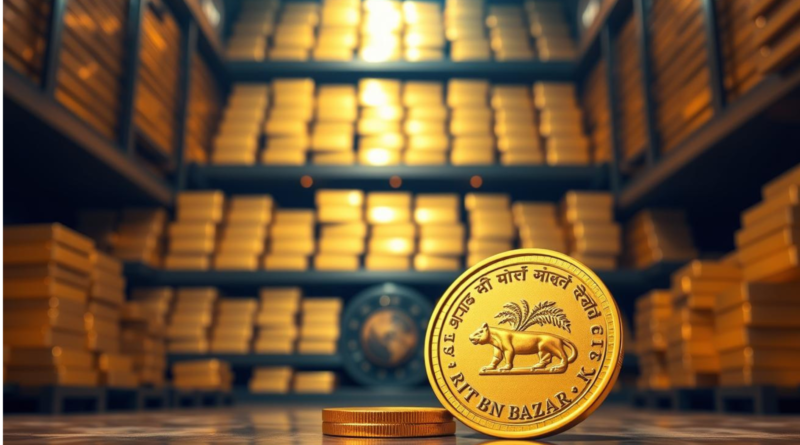After 1991 Crisis Lessons, RBI Turns to Gold for Stability
he Reserve Bank of India (RBI) has significantly increased its gold reserves, signaling a calculated and strategic shift in its approach to financial security. As of April 2025, the RBI holds 880 tonnes (8.8 lakh kg) of gold one of the highest levels in recent years. This surge in reserves reflects the central bank’s proactive stance in diversifying its assets amid global economic uncertainty and currency fluctuations.
Much like Indian households that traditionally consider gold a symbol of security and wealth, the RBI too values the precious metal for its long-term stability. While currencies can depreciate and markets can fluctuate, gold often holds its value and acts as a hedge against inflation. In recent years, as global geopolitical tensions and financial instability have intensified, central banks around the world including India’s have turned to gold as a safer bet.
India’s past financial challenges have played a key role in shaping this policy. The 1991 financial crisis, during which India had to pledge its gold to avoid a default, left a lasting impact on policymakers. That incident underscored the importance of maintaining adequate gold reserves to back the country’s economic standing. The RBI has clearly taken that lesson to heart, steadily building its reserves over the decades to avoid similar vulnerabilities in the future.
Increasing gold reserves also boosts India’s credibility on the global stage. It strengthens the country’s overall foreign exchange reserve composition, enhances investor confidence, and provides a buffer in times of emergency. In essence, the RBI’s gold accumulation is not just a financial move, but a strategic shield to protect the nation’s economy in turbulent times.




